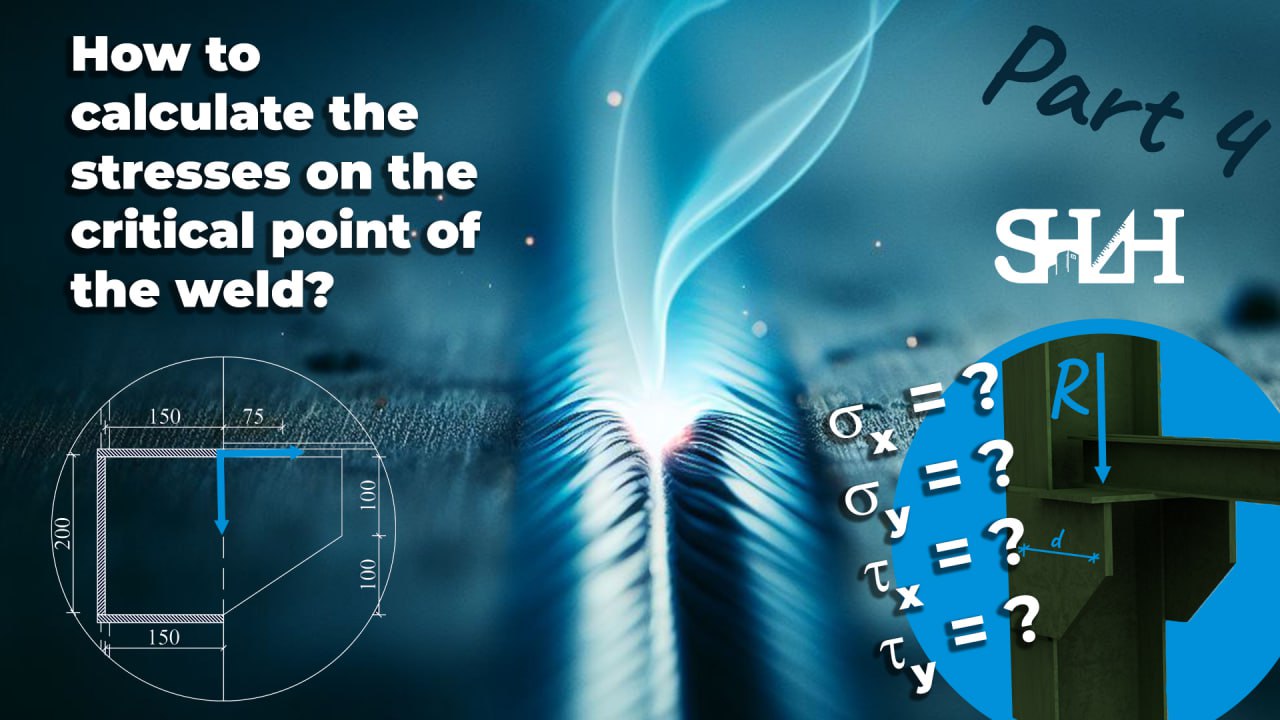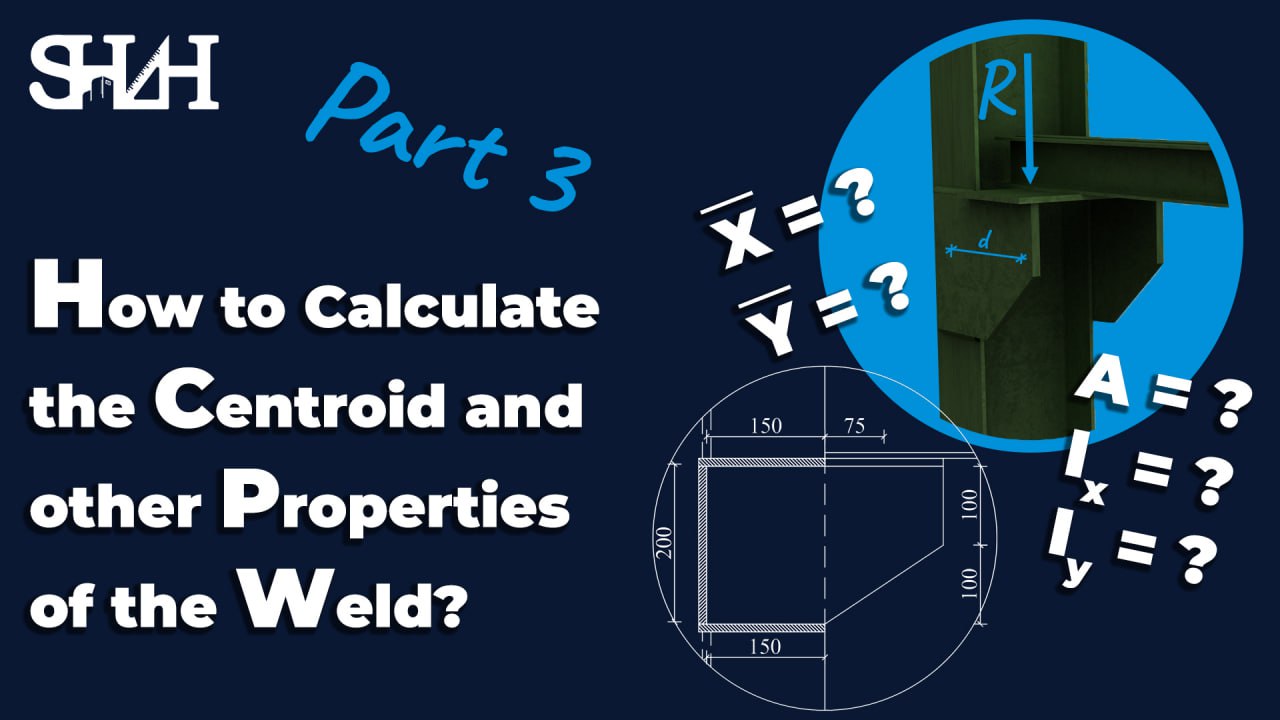012 Amplification Factor Due To Initial Imperfection In A Cantilever Compressive Element
-
 Category: Stability of Structures
Category: Stability of Structures
-
 Release Date: 13/04/2023
Release Date: 13/04/2023
In another video, we considered the effect of imperfection on stability. As noticed, the buckling load is not changed but losing stability, and the pattern of failure due to imperfection is altered. The solved example was for a rigid bar, though. In this example, we will learn how to apply the imperfection on a compressive element. Such an effect is called the amplification factor that can be seen directly in some codes like EN 1992-1-1 clause 5.8.7.3(4) or can be presented indirectly as imperfection buckling curves like EN 1993-1-1 clause 6.3.1.2. Suppose a cantilever compressive element is initially imperfect with an approximate imperfection function: 𝑣0(𝑥)=𝛿0(1−cos(𝜋.𝑥/2𝑙)) Where: 𝛿0 is the deflection of the beam tip, 𝑙 is the element’s length, and 𝑣0(𝑥) represents the initial deflection at the distance 𝑥 from the support A. The element is subjected to the compressive force p.
- Determine the maximum deflection of the beam considering the initial deformation.
- Determine the maximum bending moment based on the applied load p.
- Determine the amplification factor.
- For a circular hollow section, determine the maximum stress in the element if 𝛿0=𝑙/1000.
- Apply the bow imperfection according to EN 1993-1-1, determine the maximum force of p based on the amplification factor derived from the solution, and compare it to EN 1993-1-1.
Link to the description and detailed solution notes: Download




